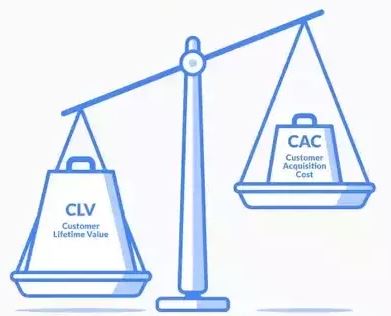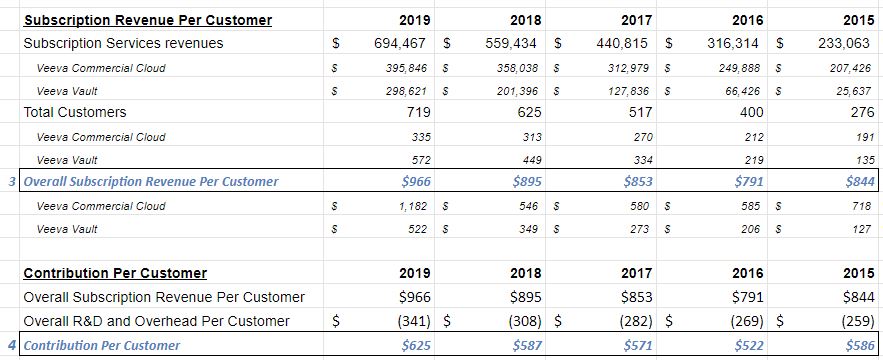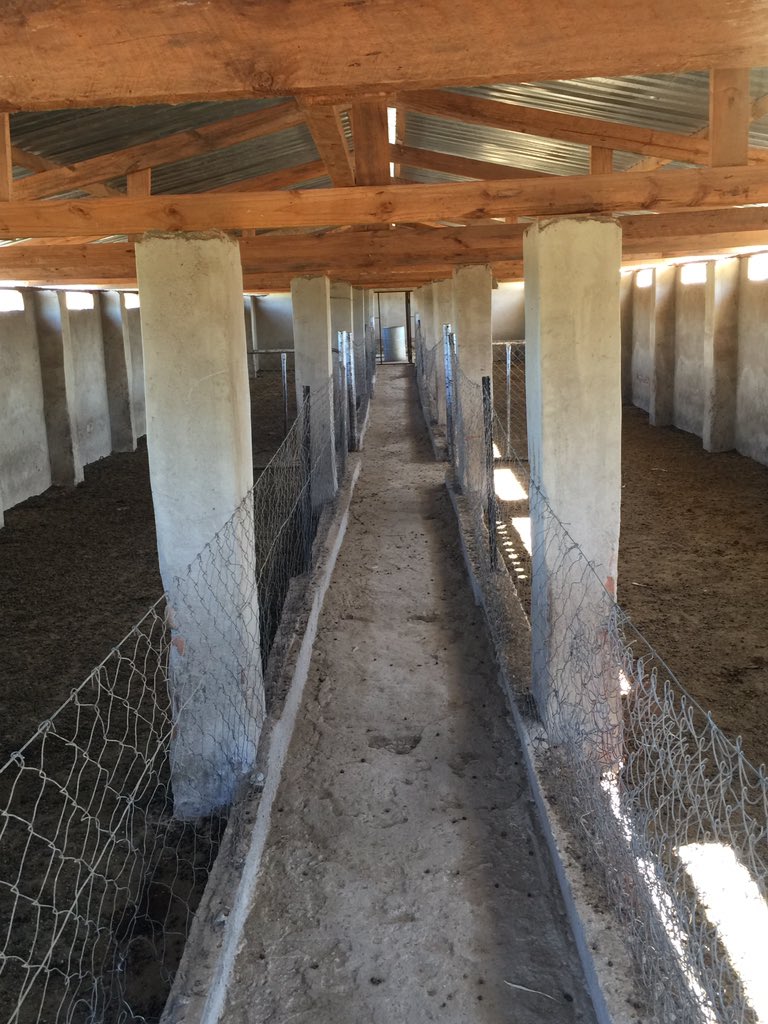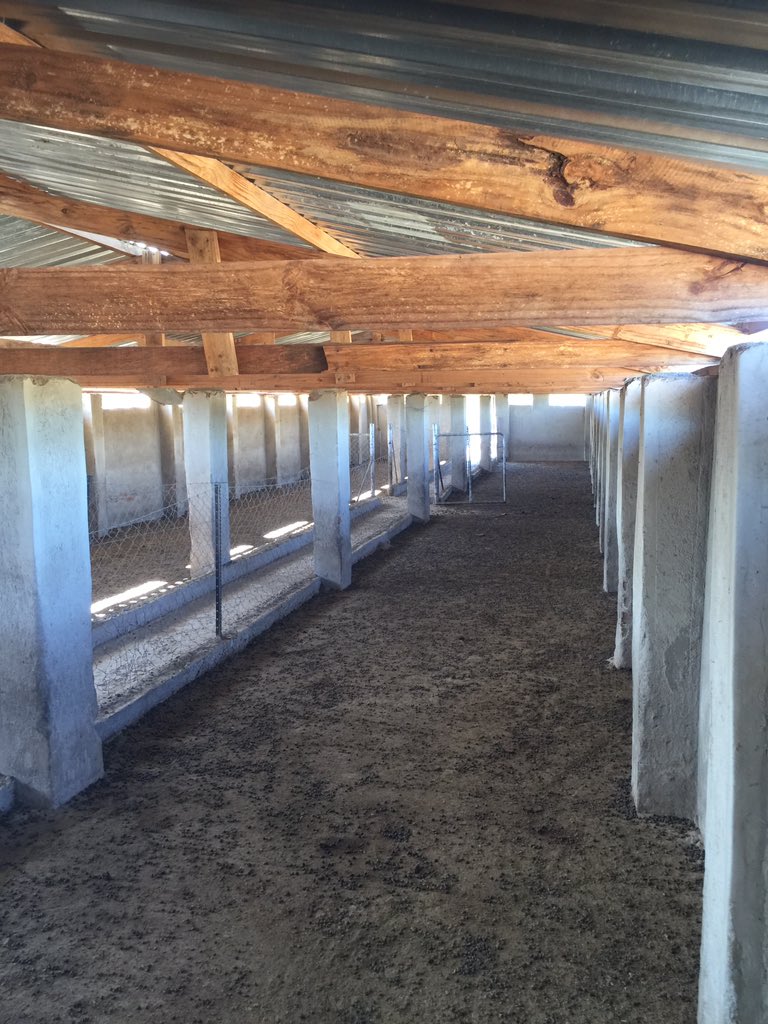It's important for SaaS to recoup upfront costs thru ongoing subscriptions.
I'll walk through my process, using Veeva Systems $VEEV as an example.
docs.google.com/spreadsheets/d…
Not all growth is profitable & not all SaaS comps will be around in 10 yrs.
But look for quality. Compelling products create switching costs, which lead to high retention rates & yrs of recurring subscriptions.
I've included both below. And my DMs are open, if you have specific questions.
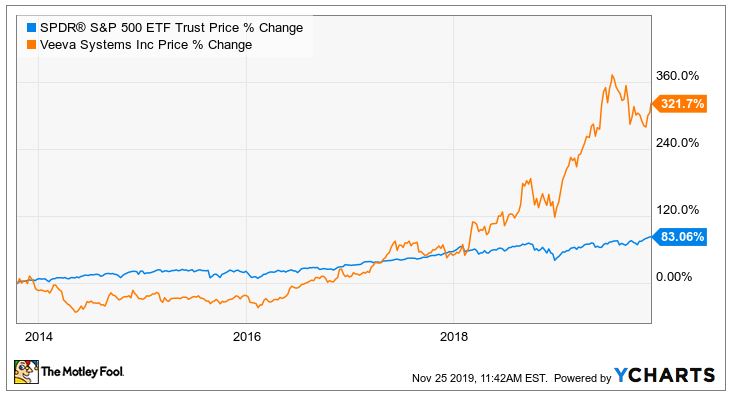
- If we use *Sub Gross Profit* rather than Sub Rev, Net Customer LTV is $2.4m
- If we also include Prof Svcs & use the Combined Gross Profit, Net CLTV is $2.9m
- If we only use Sub Gross Profit & apply 15% Churn (most conservative!), Net CLTV is still $900k

